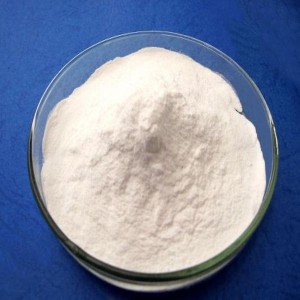Application and Attention of Common Plant Growth Regulators: GA3
Plant growth regulators are artificially synthesized and extracted exogenous substances with physiological activity of plant hormones. Plant growth regulators can be divided into three categories based on their mode of action: plant growth promoters, plant growth retardants, and plant growth inhibitors.
Plant growth promoter: At appropriate concentrations, it can promote plant cell division and elongation, differentiation and formation of new organs, and prevent fruit abscission.
Dosage forms include powders, soluble tablets, emulsions, ointments, wettable powders, etc. Low toxicity, safe for humans, livestock, and bees.
Application:
More than 70 types of gibberellins have been isolated by humans, with higher activity including GA3, GA4, GA7, etc. Among them, GA3 has the highest activity among gibberellins and can significantly promote plant stem and leaf growth, especially for dwarf plants of genetic and physiological types; Can replace the light and low temperature conditions required for certain seed germination, promoting seed germination; Can enable long day plants to bloom under short day conditions, shortening their growth cycle; It can induce flowering and parthenocarpy, promoting fruit growth.
Notes:
1. Pure gibberellin has low water solubility. Before using 85% or 75% crystalline powder, dissolve it in a small amount of alcohol and then dilute it with water to the desired concentration.
2. Gibberellin is not easily decomposed in a dry state, and the drug should be stored in a dry place. When its aqueous solution is above 5 ℃, it is prone to damage and failure. Easy to decompose when exposed to alkali, should not be mixed with alkaline pesticides or fertilizers, and should be prepared and used as soon as possible.
3. When combined with foliar fertilizer, it is more conducive to forming strong seedlings. Single use or excessive dosage can cause side effects such as plant elongation, thinness, and inhibition of rooting.
